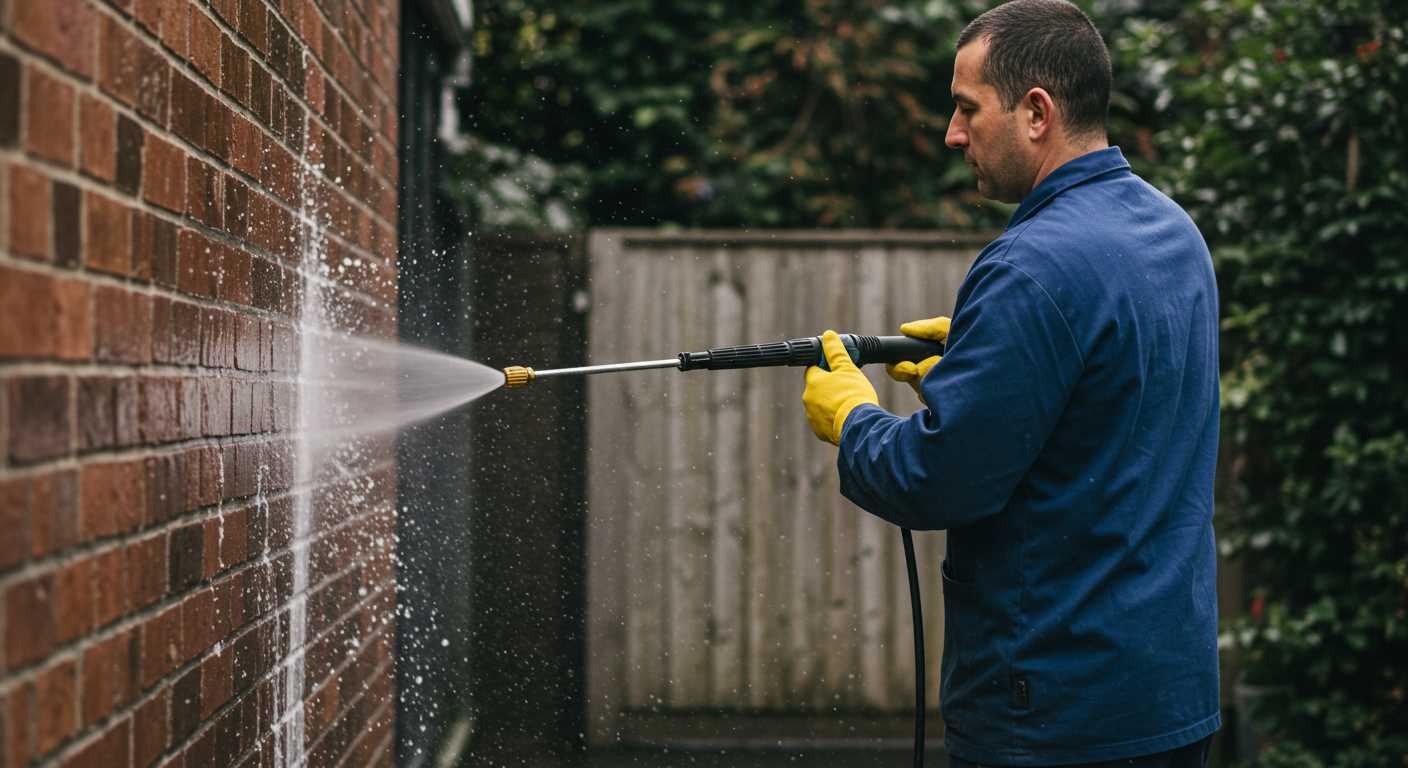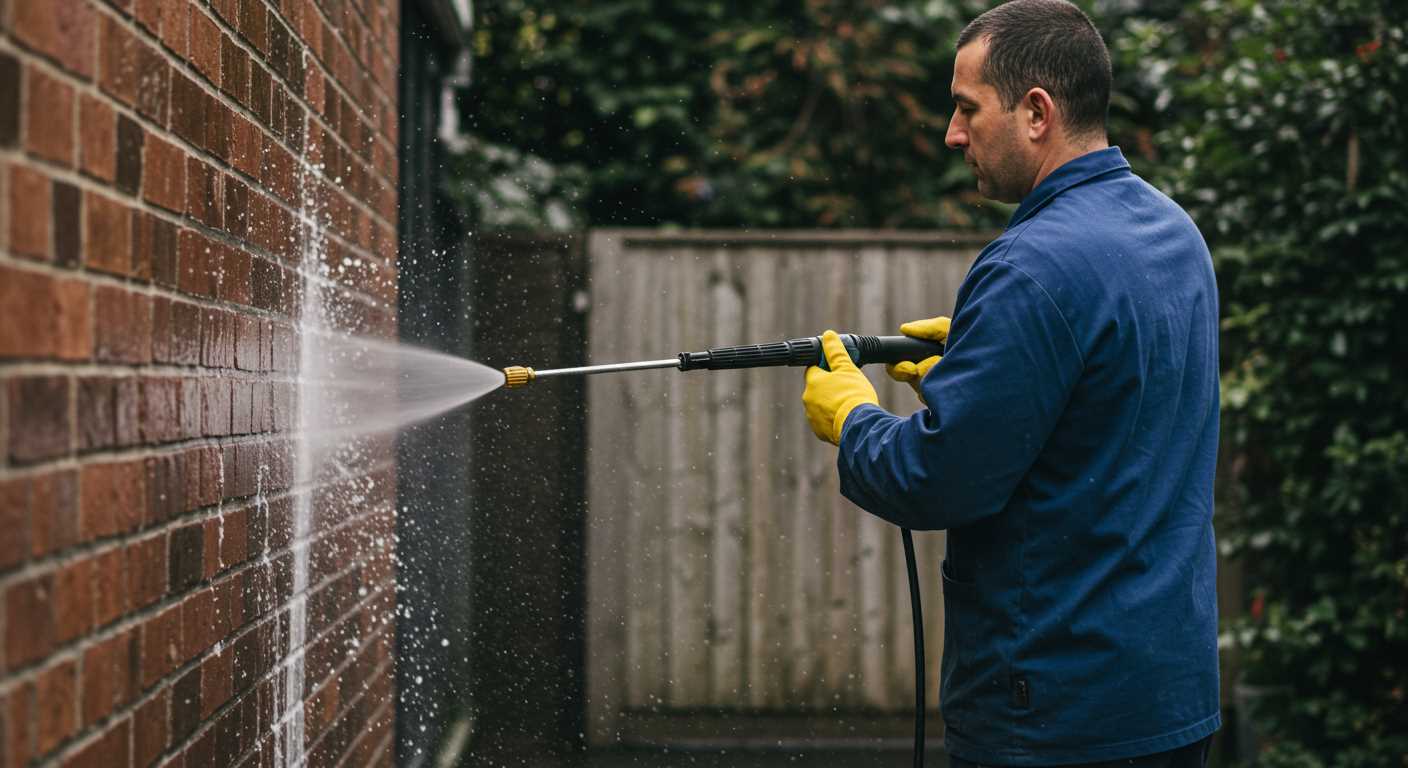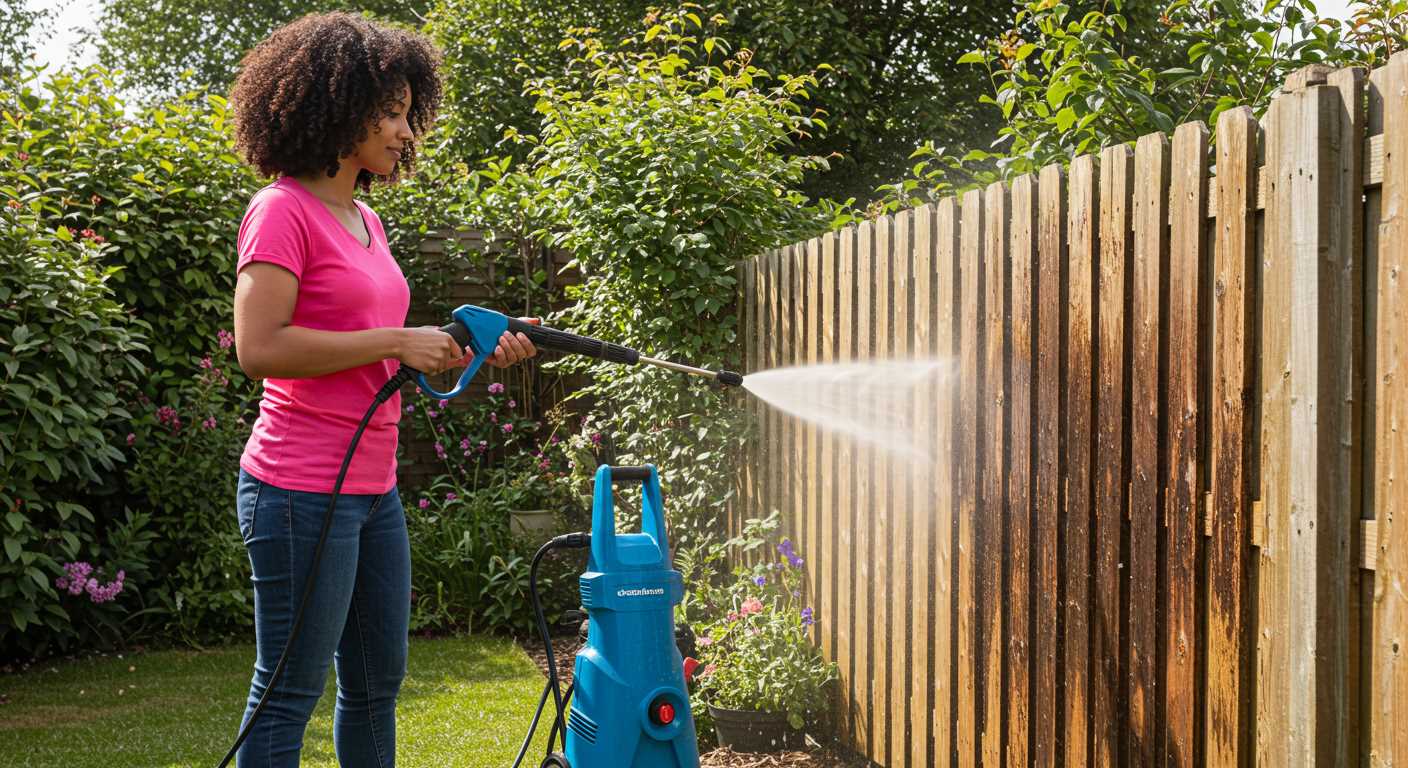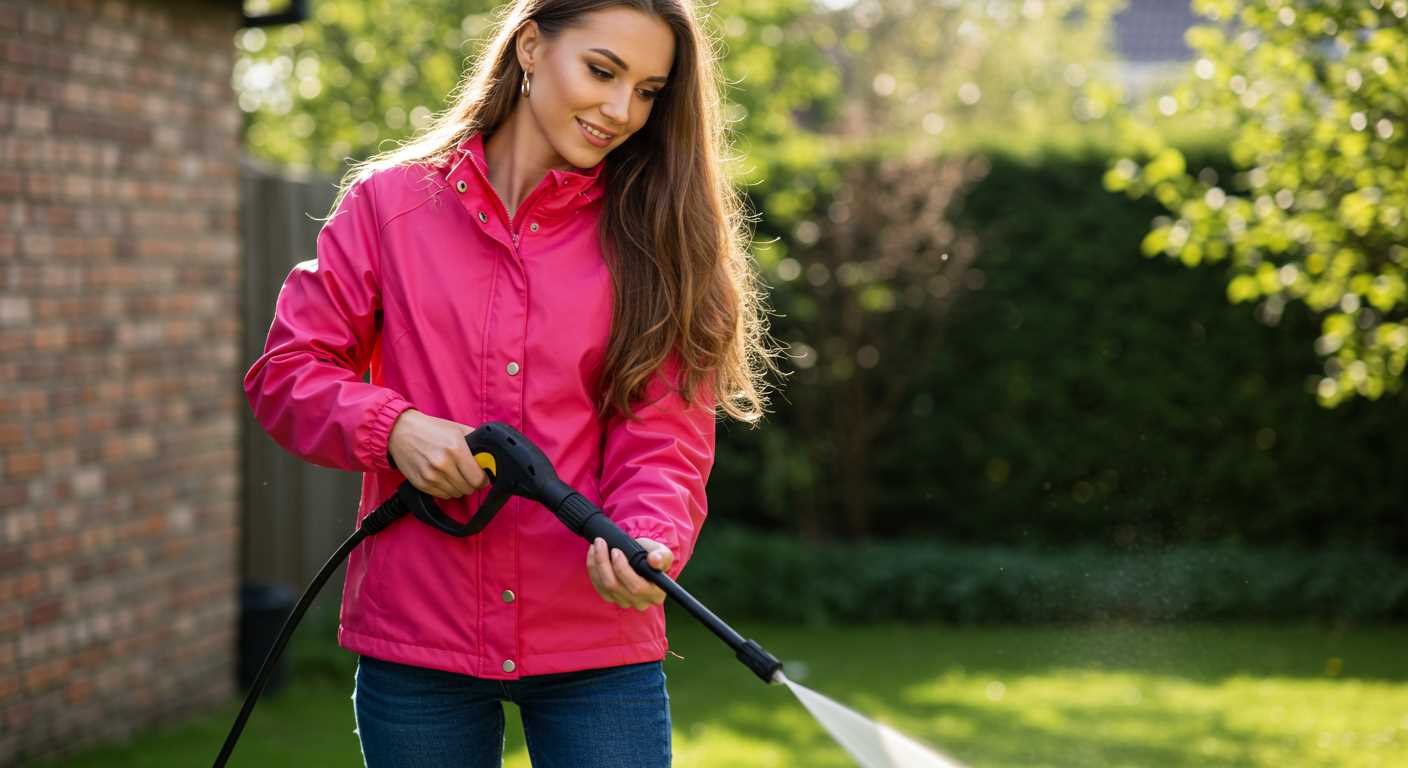




Begin with a bucket filled with warm water and a quality car shampoo. This mix will effectively cut through dirt and grime. Use a soft sponge or wash mitt to gently scrub the surface, starting from the top and working your way down. This ensures that dirt doesn’t get pushed around but rather lifted away from the paintwork.
For stubborn spots, consider using a detailing brush. These brushes can reach into crevices and remove debris that a sponge might miss. I remember struggling with brake dust on my rims; a detailing brush transformed the cleaning process and left them spotless.
Next, rinse thoroughly using a hose with a spray nozzle. Aim for a gentle stream to avoid any damage to the finish. If you can, use a two-bucket method: one for the soapy water and one for rinsing the sponge. This helps prevent dirt from going back onto the surface, ensuring a cleaner finish.
After rinsing, drying is crucial. A microfibre towel works wonders in absorbing moisture without scratching. I’ve found that drying in sections helps avoid water spots, especially in warmer weather. Give it a try, and you’ll notice the difference.
Lastly, consider applying a protective wax or sealant after drying. This step not only enhances shine but also creates a barrier against future dirt and contaminants. I’ve been amazed at how much easier it is to keep my vehicle clean after a good wax.
Effective Techniques for Initial Car Cleaning
Using a bucket and sponge can yield impressive results. Select a quality wash mitt or sponge to avoid scratches. Here’s how to make the most of this method:
- Fill a bucket with warm water and add a suitable car shampoo, creating a rich lather.
- Rinse the mitt in clean water before dipping it back into the soapy solution to prevent dirt from scratching the surface.
- Start at the top, working downwards. This method allows dirt to flow downwards, preventing re-soiling of already cleaned areas.
For stubborn grime, consider using a gentle clay bar. It effectively removes embedded contaminants:
- Spray a lubricant onto the surface.
- Gently glide the clay bar over the area, feeling for smoothness.
Using a garden hose with a spray nozzle can help rinse away loose dirt. Adjust the nozzle to achieve a powerful stream while being mindful of water conservation. If you’re in a colder climate, investing in the best air compressor for cold weather may be beneficial for blowing away water from hard-to-reach areas.
Lastly, don’t overlook the importance of drying. Use a soft microfibre towel to prevent water spots and streaks. This ensures a clean, polished finish, ready for further detailing or waxing.
Choosing the Right Cleaning Supplies
Opt for a pH-neutral car shampoo. Products that are too harsh can strip away wax and protective coatings. During my years in the industry, I found that a good shampoo should produce a rich foam, helping to lift dirt without scratching. Look for brands that offer concentrated formulas; they often provide better value and require less product per wash.
Microfibre Cloths and Mitts
Invest in quality microfibre cloths and wash mitts. These materials trap dirt and grime effectively while preventing scratches. I recall testing various options, and those with a plush texture seemed to lift contaminants better than standard cloths. A good mitt can make all the difference in ensuring a safe wash.
Buckets and Grit Guards
Using two buckets is advisable: one for soapy water and another for rinsing your tools. Adding a grit guard to the rinse bucket helps keep dirt at the bottom, reducing the chance of transferring grime back onto the surface. I’ve always found that this simple addition significantly improves the overall cleaning process.
Preparing Your Vehicle for Prewashing
Begin by removing any personal items from the interior and exterior. This prevents damage and ensures an unobstructed clean. Pay special attention to loose parts like antennas or covers that might detach during the process.
Next, ensure all windows are closed tightly. I’ve seen plenty of situations where a cracked window led to water pooling inside, causing mould and unpleasant odours. Double-checking this simple step saves a lot of hassle later.
Consider parking under a shaded area or in a garage. Direct sunlight can lead to rapid drying of soap and water, which might leave unsightly streaks. I learned this from my own experience; the difference in finish is noticeable when the surface stays cool.
If your vehicle has severe dirt or mud build-up, it’s wise to do a quick manual rinse with a bucket of water before applying any cleaning solution. This initial rinse helps loosen grime and makes the subsequent cleaning process smoother. I often keep a separate bucket just for this purpose.
Lastly, gather all necessary equipment before starting. Having everything within reach, from sponges to towels, can save time and effort. Trust me, the last thing you want is to be running back and forth while trying to keep the rhythm of your cleaning routine. I’ve learned that preparation is half the battle won.
Utilising a Bucket and Sponge Method
For a thorough clean using just a bucket and sponge, gather two buckets: one for soapy water and another for rinsing. This two-bucket system helps prevent dirt from transferring back onto the surface. Opt for a high-quality car shampoo; avoid dish soap as it can strip wax and damage paint. Fill one bucket with warm water and mix in the recommended amount of shampoo.
Steps for a Flawless Clean
Begin at the top and work your way down. This method ensures that the dirt flows downwards, rather than being pushed upwards to areas you’ve already cleaned. Dampen the sponge in the soapy bucket, and gently wash a section of the bodywork. Rinse the sponge in the clean water bucket frequently to remove trapped dirt. This practice minimises scratches and swirl marks.
Finishing Touches
Once you’ve completed the exterior, rinse the surface with clean water. A gentle spray from a hose or a watering can is sufficient. Avoid high-pressure streams as they can force water into seals and cause leaks. After rinsing, dry the surface with a soft microfiber towel to prevent water spots.
| Supplies | Purpose |
|---|---|
| Two Buckets | One for soapy water, one for rinsing |
| High-Quality Car Shampoo | Effective cleaning without damaging paint |
| Sponge | For applying soap and cleaning |
| Microfiber Towels | To dry and prevent water spots |
Regularly using this method will maintain the appearance and longevity of the vehicle’s finish. Trust me; the care you invest now pays off in the long run.
Applying a Prewash Solution
Start with a quality solution designed to loosen dirt and grime. I’ve had great success using products specifically formulated for automotive surfaces. Opt for a pH-balanced cleaner to avoid damaging the finish. Follow the manufacturer’s instructions for dilution; often, a ratio of 1:10 works well.
Application Techniques
- Utilise a spray bottle or a garden sprayer for even coverage. This method ensures that all areas receive the solution, especially stubborn spots.
- Begin from the top and work downwards. This approach prevents dirty water from running over already cleaned areas.
- Allow the solution to dwell for a few minutes. This time lets it break down the contaminants effectively.
Key Areas to Focus On
- Wheels and Tyres: These areas often accumulate brake dust and dirt. Apply extra product here and let it sit longer for optimal results.
- Lower Panels: Mud and road grime tend to build up on the lower parts. Make sure to saturate these sections well.
- Grille and Bumpers: These spots collect bugs and debris. A thorough application will help lift these stubborn residues.
For best results, reapply the solution to particularly dirty areas if necessary. After allowing sufficient dwell time, proceed with the next steps of rinsing and scrubbing. This method not only prepares the surface for a thorough clean but also enhances the overall finish of the vehicle.
Rinsing Techniques Without a Pressure Washer
Utilising a simple garden hose can be remarkably effective for rinsing off the initial layer of grime. Opt for a nozzle attachment that allows you to control the flow and pressure of the water. A fan spray setting works exceptionally well for broad areas, while a concentrated stream can tackle stubborn spots.
Bucket Rinse Method
Fill a bucket with clean water and use it to rinse areas systematically. Dip a sponge or wash mitt into the bucket, then wipe down sections of the surface before rinsing with the hose. This two-step process ensures that dirt is lifted and washed away effectively.
Water Wiping Technique
For particularly delicate surfaces, consider using a soft microfiber cloth. Wet the cloth thoroughly, then gently wipe the surface. This technique not only helps in removing dirt but also minimises the risk of scratching the paint. Follow up by rinsing the section with the hose to ensure all residues are cleared.
When you need something more powerful, consider investing in a generac pressure washer for future use. It could make the entire process quicker and more efficient.
Drying Techniques After Washing
Microfibre towels are your best friend when it comes to drying. They absorb water quickly and help prevent scratches. I recommend using at least two towels: one for the body and another for the windows and trim. Start at the top and work your way down, allowing gravity to assist in the drying process.
Blotting vs. Wiping
Blotting is far superior to wiping. Press the towel against the surface to soak up water instead of dragging it across the paintwork. This reduces the risk of swirl marks on the finish. For areas with stubborn water spots, a blotting technique ensures you don’t spread those around.
Using a Drying Aid
A drying aid or spray wax can make a noticeable difference. After rinsing, mist the solution onto the wet surface before drying. This helps lubricate the towel and leaves a protective layer, enhancing the shine. I’ve found that using a drying aid reduces the effort needed to remove water and provides a beautiful finish.







.jpg)


